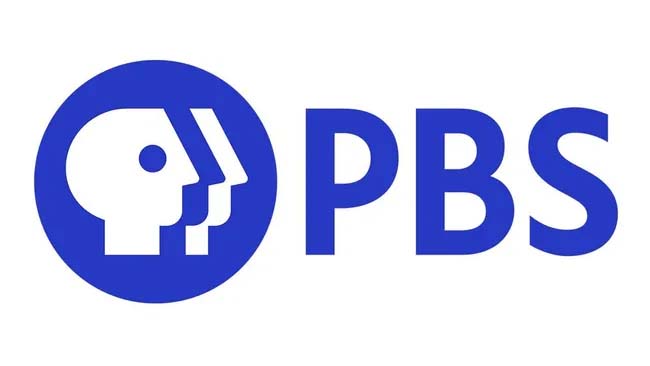Public TV Broadcasters Begin Eliminating Programming, Services
With CPB now shuttered, APTS asks Congress to restore funding

WASHINGTON—Public TV stations are beginning to shut down operations and reduce services, particularly in rural areas after federal funding was cut earlier this year.
In August, as a result of Congress eliminating funding for the Corporation for Public Broadcasting, the CPB announced that it would shut down operations effective Oct. 1. The CPB had been approved to provide $535 million to public broadcasters for FY2025. This represented just under 11% of overall total funding for PBS, according to the CRS. However, that figure is higher in many rural communities.
Kate Riley, President and CEO of America’s Public Television Stations, announced yesterday that the effects are now forcing public broadcasters, particularly in rural communities, to cut back operations and eliminate programming. Although she didn’t mention layoffs at individual stations, she did criticize how the shutdown of CPB has resulted in “a damaging loss of expertise and a large hole in the public media system.”
"All local stations will be negatively impacted by this and communities across the country, especially in rural areas, are now losing essential services that only local public television stations can provide from critical public safety services to proven education resources and essential local community connections and information,” Riley said. “In many rural areas where public media stations are often the only local media available, federal funding made up over 30% of the stations’ budgets. And while local stations are trying to close the gap created by the devastating rescission cuts, there is no replacement for federal funding, especially in rural and small communities.”
Riley added that the loss of federal funding has prompted local stations to eliminate or reduce local programs, including educational, local community event coverage, agricultural and local public affairs programming, among others.

“Without federal funding, local stations are eliminating or reducing local educational resources for their communities,” Riley said. “Many children in rural communities have limited access to pre-K and the loss of public television's free educational opportunities creates further challenges for those families that were already struggling to access resources for their children.”
Riley added that station infrastructure is also at risk.
The professional video industry's #1 source for news, trends and product and tech information. Sign up below.
“The loss of federal funding is already preventing stations from installing new transmitters and making desperately needed infrastructure investments in areas prone to severe weather which threatens the reliable delivery of lifesaving public safety messages,” she said.
Riley said operational losses are already beginning to have an impact and that it will only get worse as additional cuts are expected to roll out over the coming months and year.
She cited these recent examples:
- WPSU, licensed to Penn State University, has said that the university will wind down operations of the station by this summer at the latest.
- KUAC in Fairbanks, Alaska, is powering down their transmitter from 12 a.m. to 6 a.m. every day. This means that in the case of severe weather or another emergency, critical public safety information will not be relayed over the KUAC transmitters.
- KEET in Eureka, California, which serves the very rural redwood coast of California, are ceasing operations of their multicast channels including the 24/7 kids channel and their channel devoted to Native American and World Indigenous content.
- KIXE PBS in Redding, California, which serves a very rural community in Northern California, have lost over 40% of their budget from the rescission. If they are not able to secure major sources of new funding, they could go dark by the spring.
In addition, last week WNET Group announced that it was unable to reach an agreement with the New Jersey Public Broadcasting Authority to extend the management of NJ PBS, New Jersey’s public television network. Without an agreement, the network could be at risk of shutting down by next June when the current agreement expires.
Riley asked for CPB funding to be reinstated.
“We urge Congress to respect the will of the American people, who have spoken loud and clear, and restore funding for local public broadcasting stations in the final FY 2026 appropriations bill.”
Tom has covered the broadcast technology market for the past 25 years, including three years handling member communications for the National Association of Broadcasters followed by a year as editor of Video Technology News and DTV Business executive newsletters for Phillips Publishing. In 1999 he launched digitalbroadcasting.com for internet B2B portal Verticalnet. He is also a charter member of the CTA's Academy of Digital TV Pioneers. Since 2001, he has been editor-in-chief of TV Tech (www.tvtech.com), the leading source of news and information on broadcast and related media technology and is a frequent contributor and moderator to the brand’s Tech Leadership events.

